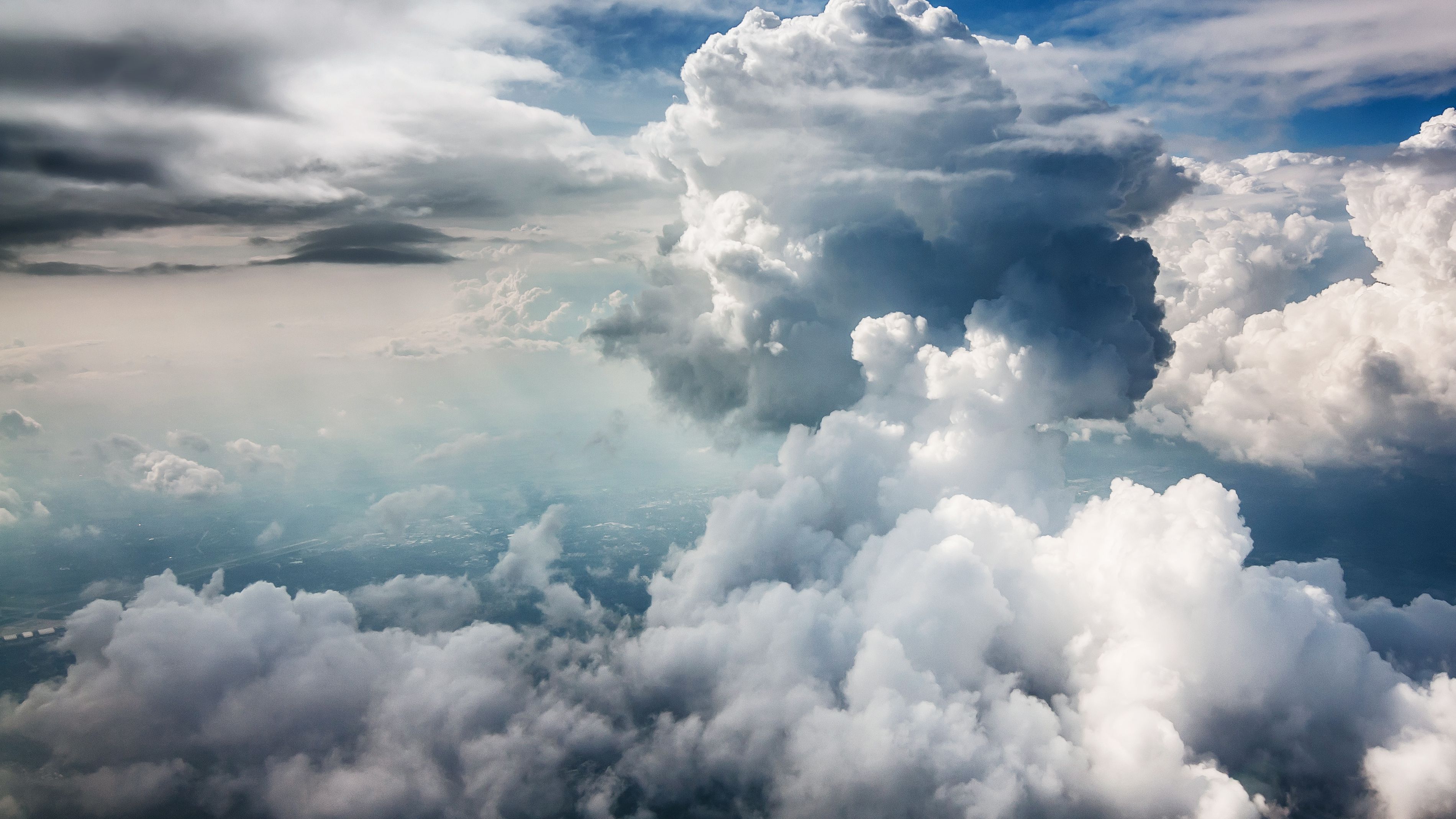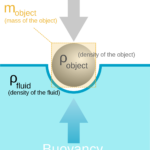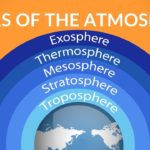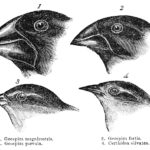The homosphere is a thick zone of atmosphere around the Earth where the gases of our atmosphere are thoroughly and evenly mixed up. Weather and other influences insure that these gases remain mixed up. The homosphere extends outward to an altitude of about 50 miles (80km).
Above the homosphere gases are not evenly mixed. Instead, they are layered according to how heavy they are. The lighter gases float to the top, while the heavier gases sink to the bottom. This region is called the heterosphere. The heterosphere is separated into different layers of gases due to the fact that at that altitude there are no forces to mix them up. There is no weather to stir the gases about.
Experiment:
Find a clear glass cup or jar in your cupboard (get permission first). Fill the cup or jar half way with water. Now add a small amount of vegetable oil until the cup or jar is ¾ full. Initially, as you pour the vegetable oil into the cup or jar it gets mixed equally with the water. But what happens after a few minutes? You should see the oil and the water separate into two layers. The heavier water sinks to the bottom, while the lighter oil floats to the top. Now take a spoon and stir the layers up. Once again, the two liquids are mixed equally throughout the cup or jar.
The lower homosphere is constantly mixed or stirred by weather and other forces. However, the upper layers of the atmosphere are not mixed, allowing it to settle into layers, just like the oil and water from your experiment.






